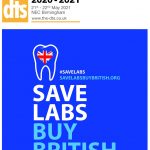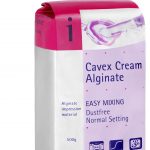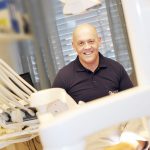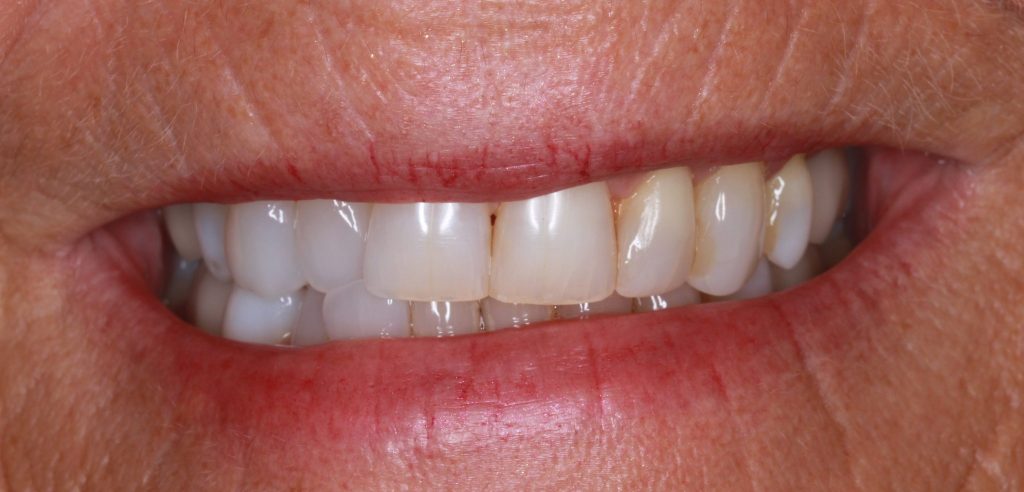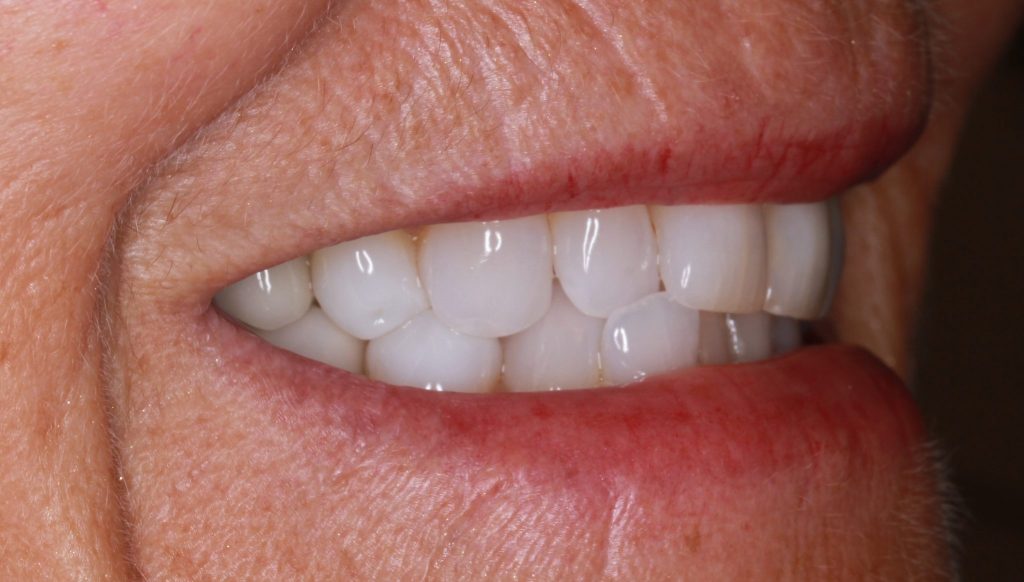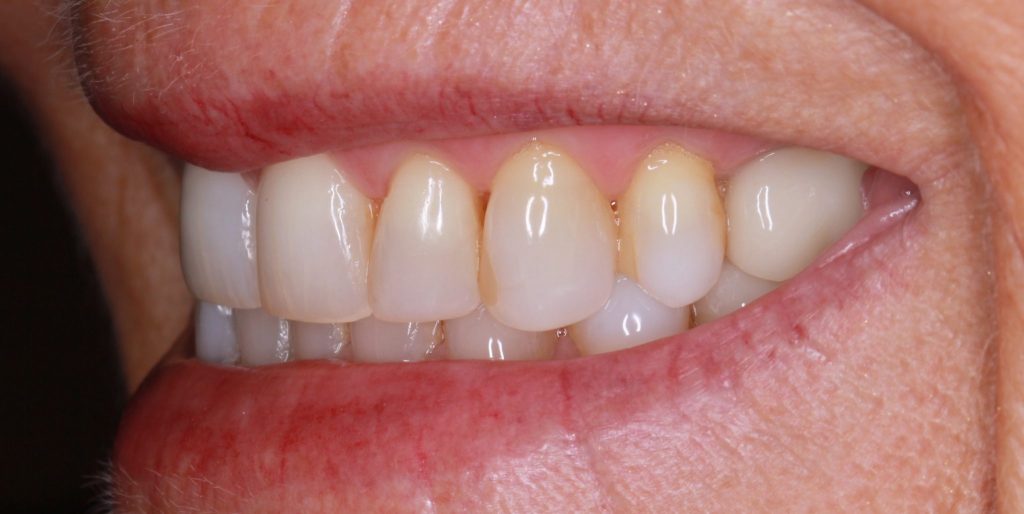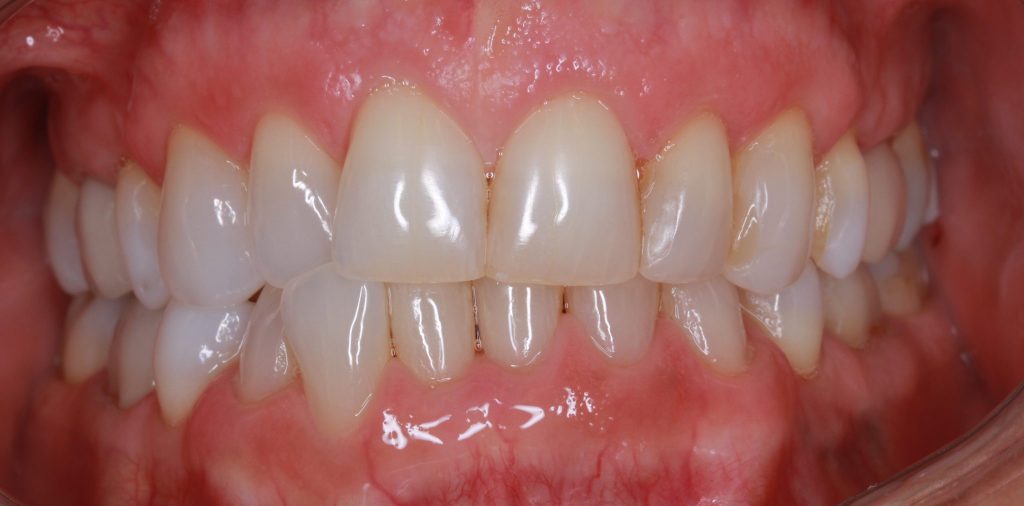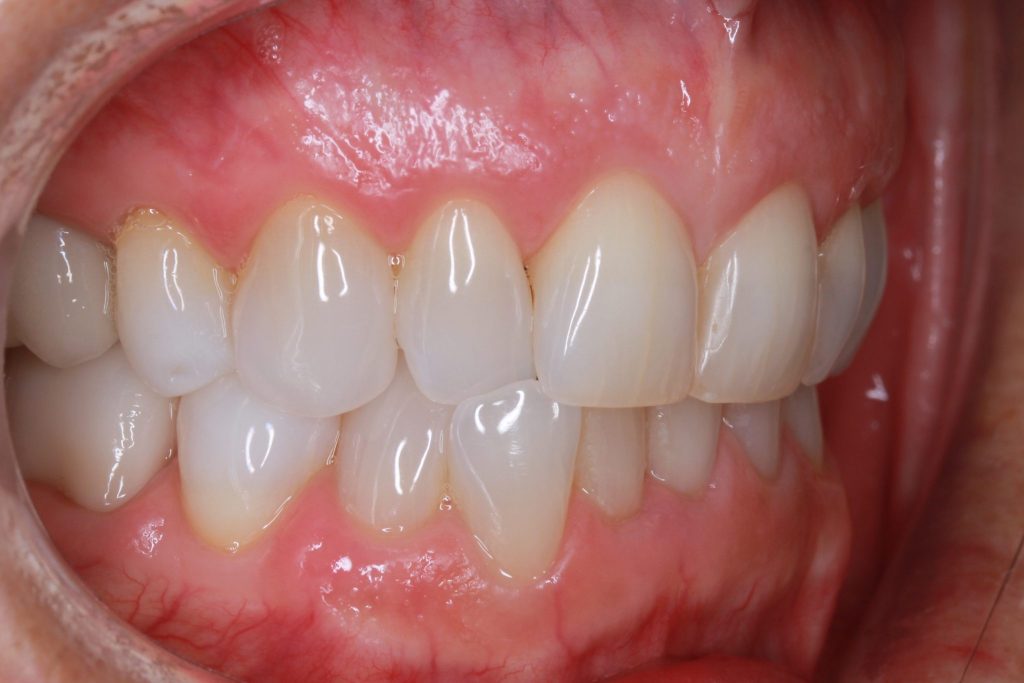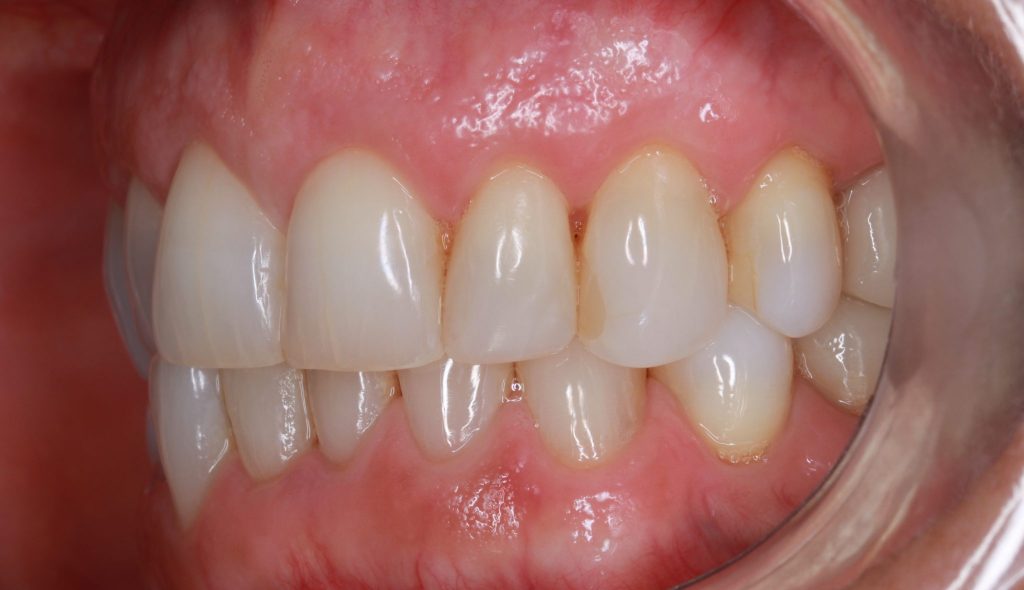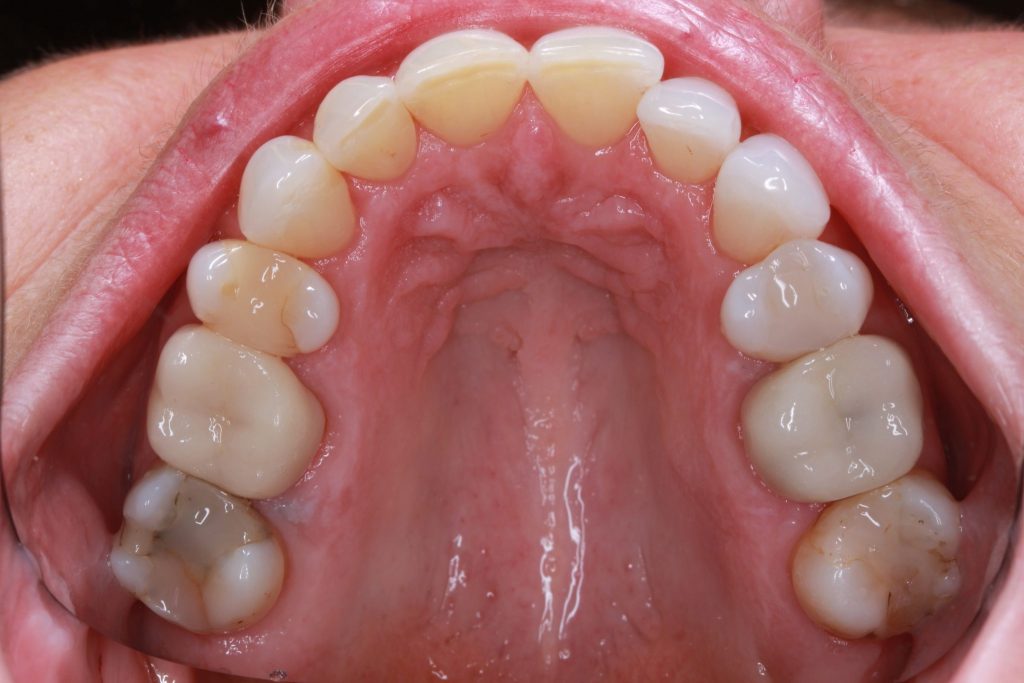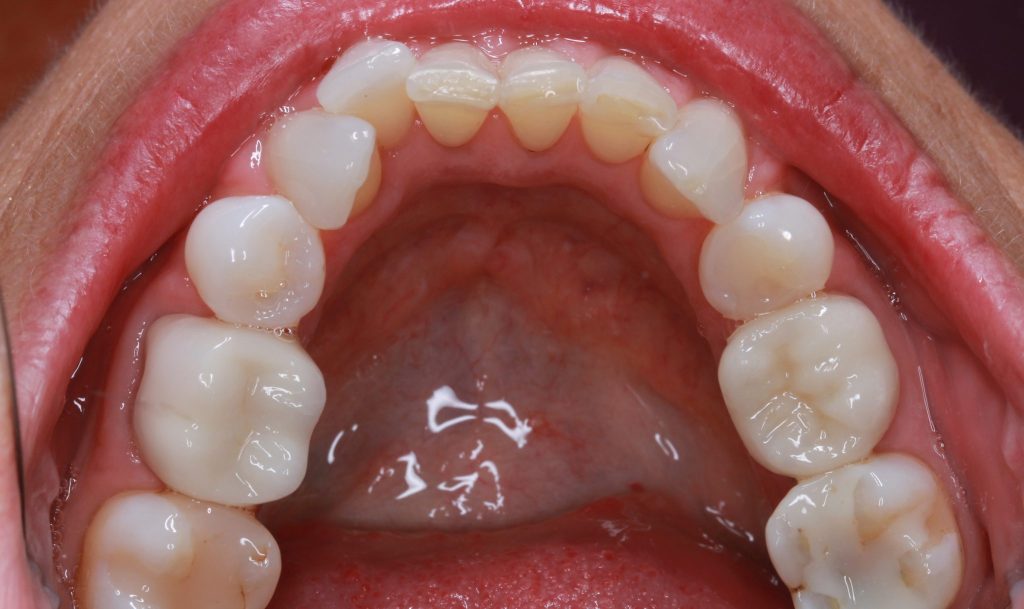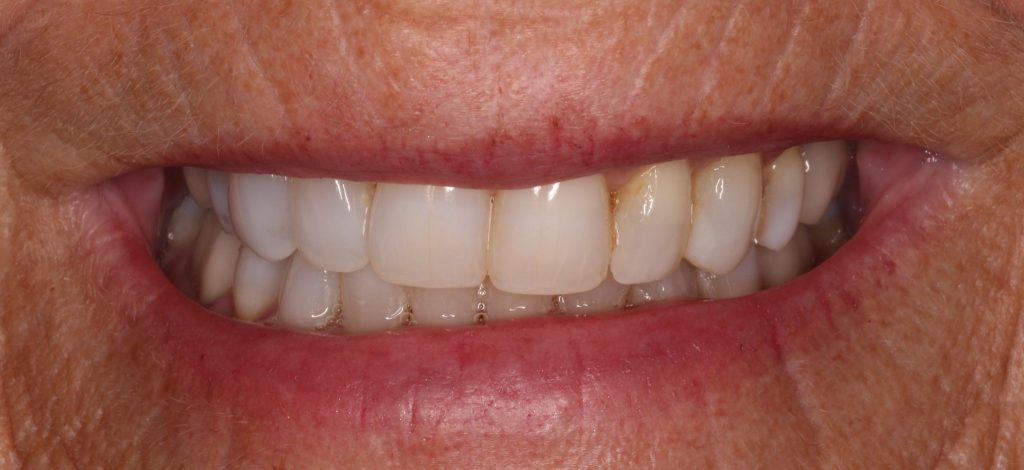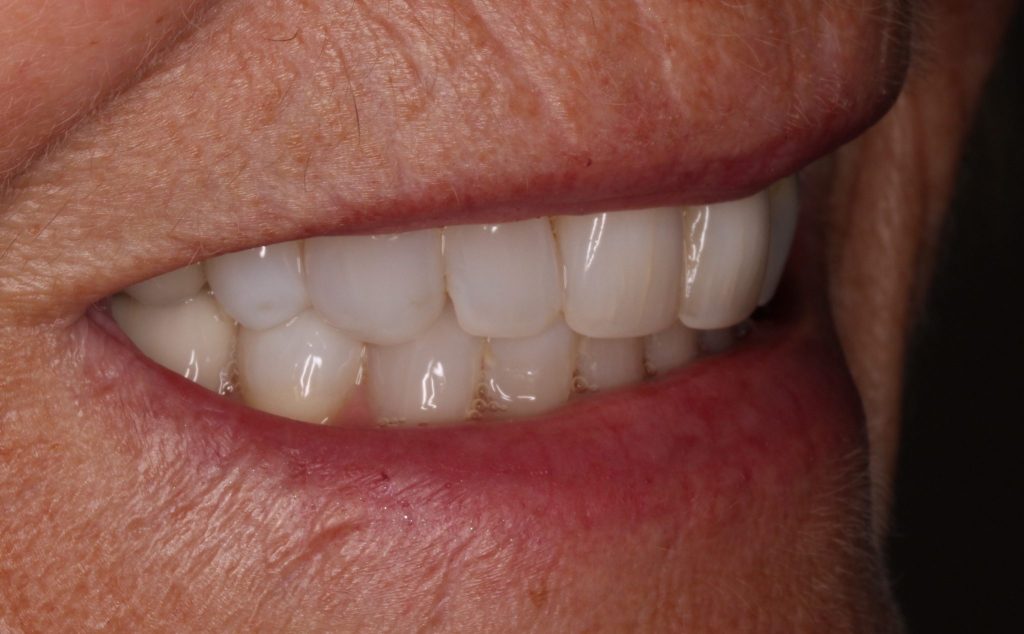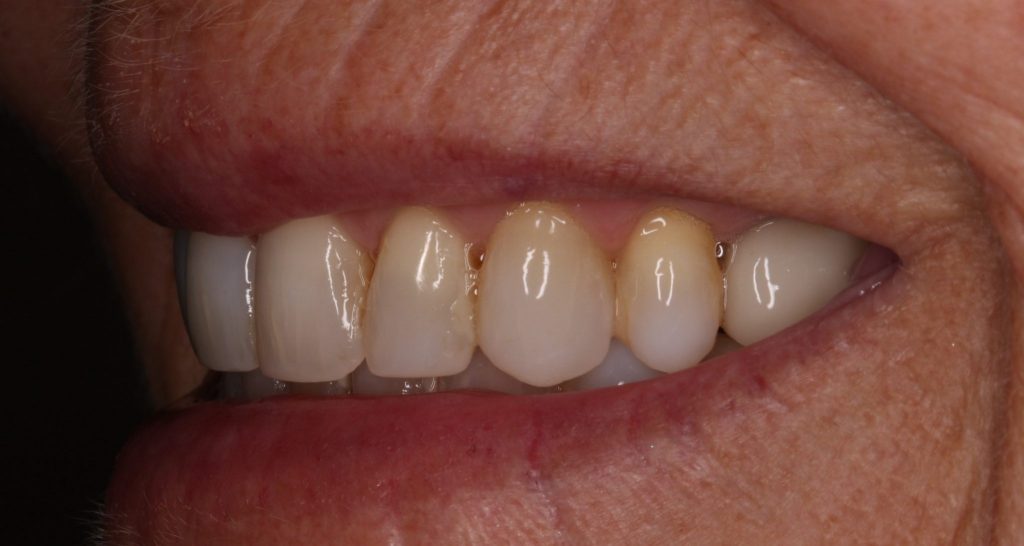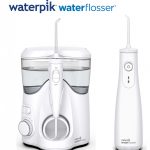In dentistry, keeping ahead of the curve is essential. Technology is constantly advancing and scientific research is always discovering new breakthroughs that can be used to provide better treatment. It’s vital to keep on your toes in order to branch out, embrace new opportunities and do all in your power to provide patients with the very best care.
Of course, this is easier said than done, and it’s not as simple as just forging ahead without thinking how to best explore possibilities and embrace them in a way that will benefit your practice and patients alike.
The benefits of branching out
It almost goes without saying that the biggest benefit of offering new treatments is the more versatile style of care you can give your patients. With new solutions and technology available to make treatments easier and more predictable, it’s paramount to see if these are feasible and something that your patients will directly benefit from.
However, it’s also a good idea to look at this from the perspective of potential as well. By adopting new technologies or starting to offer new treatments, you can easily bring in a whole new patient demographic. This will inevitably aid your business financially and boost your reputation, leading to more new patients.
It’s also necessary to think about the challenges that embracing new opportunities can bring. Branching out into new treatments or purchasing new technology will mean that training is necessary, but this is a good way to remain motivated and excited by what you do – variety is definitely the spice of life.
Find the niche
Like all businesses, one easy way to ensure your practice is successful is to offer people something unique in your area. Every patient will have different needs and requirements, but that doesn’t mean that certain treatments won’t be more appealing to your general patient demographic. This is something that all professionals should look to identify and capitalise on.
For example, you may already offer exceptional orthodontics, especially if your practice is situated in an area with a high volume of schools, but what about offering services such as mouth guards and other useful items that the same patients could hugely benefit from? By looking at the typical enquiries you receive and utilising the opportunities these present, you are giving yourself the best chance of diversifying and delivering even greater value to your patients.
Another good example is to think even more outside of the box. Are you interested in aesthetic dentistry? Have you considered botulinum toxin injections or other aesthetic treatments that could complement the overall results you achieve? Grasping openings like this is a great way to stand out and boost your profitability while also keeping patients satisfied and inspired by your services.
Supporting the idea
Arguably the most important thing to prioritise when you’re looking at embracing new possibilities within practice is how to achieve these in a way that is beneficial to everyone. Technology is likely going to be a huge consideration, especially if you’re looking to move into a new field of dentistry and/or offer more complex treatments.
This can fast become an expensive undertaking, especially if you are looking at systems that are exclusively aimed towards one type of treatment alone. However, there are many new innovations that are versatile and easy to use, so branching out into new areas and embracing possibilities could be made simpler.
One example is the new CS 8200 3D CBCT system from Carestream Dental. Compact and straightforward, this ground-breaking new solution offers multiple imaging modalities and crisp, accurate images to suit a wide array of indications. Furthermore, its extended field of view means that professionals can use the system to easily expand their treatment capabilities, at their own pace and without having to invest in multiple pieces of technology.
The best for your practice and your patients
As dentistry continues to evolve, practices need to have solutions on hand to continue to provide an exciting range and variety of treatments. This is not just about providing exceptional quality care, but also offering opportunity for patients to get more out of their visits. This in turn will also benefit your practice and the professionals who work there.
For more information, contact Carestream Dental on 0800 169 9692 or
visit www.carestreamdental.co.uk
For the latest news and updates, follow us on Twitter @CarestreamDentl
and Facebook
Author:
Nimisha
Nimisha Nariapara is the Trade Marketing Manager at Carestream Dental covering the UK, Middle East, Nordics, South Africa, Russia and CIS regions. She has worked at Carestream Dental for the past 7 years, where she has developed her marketing skills and industry knowledge to bring the core values and philosophy of the company to the market.



